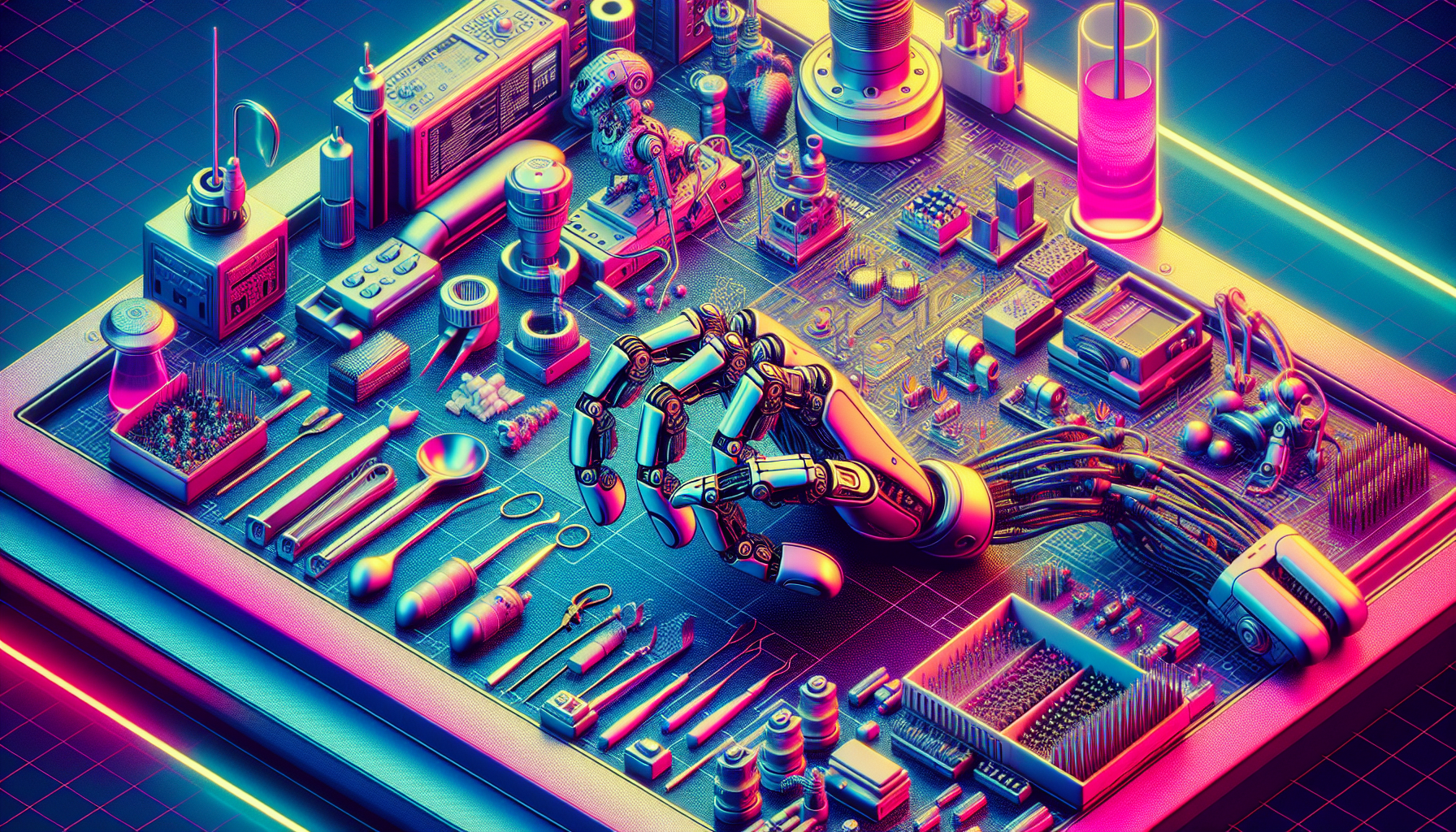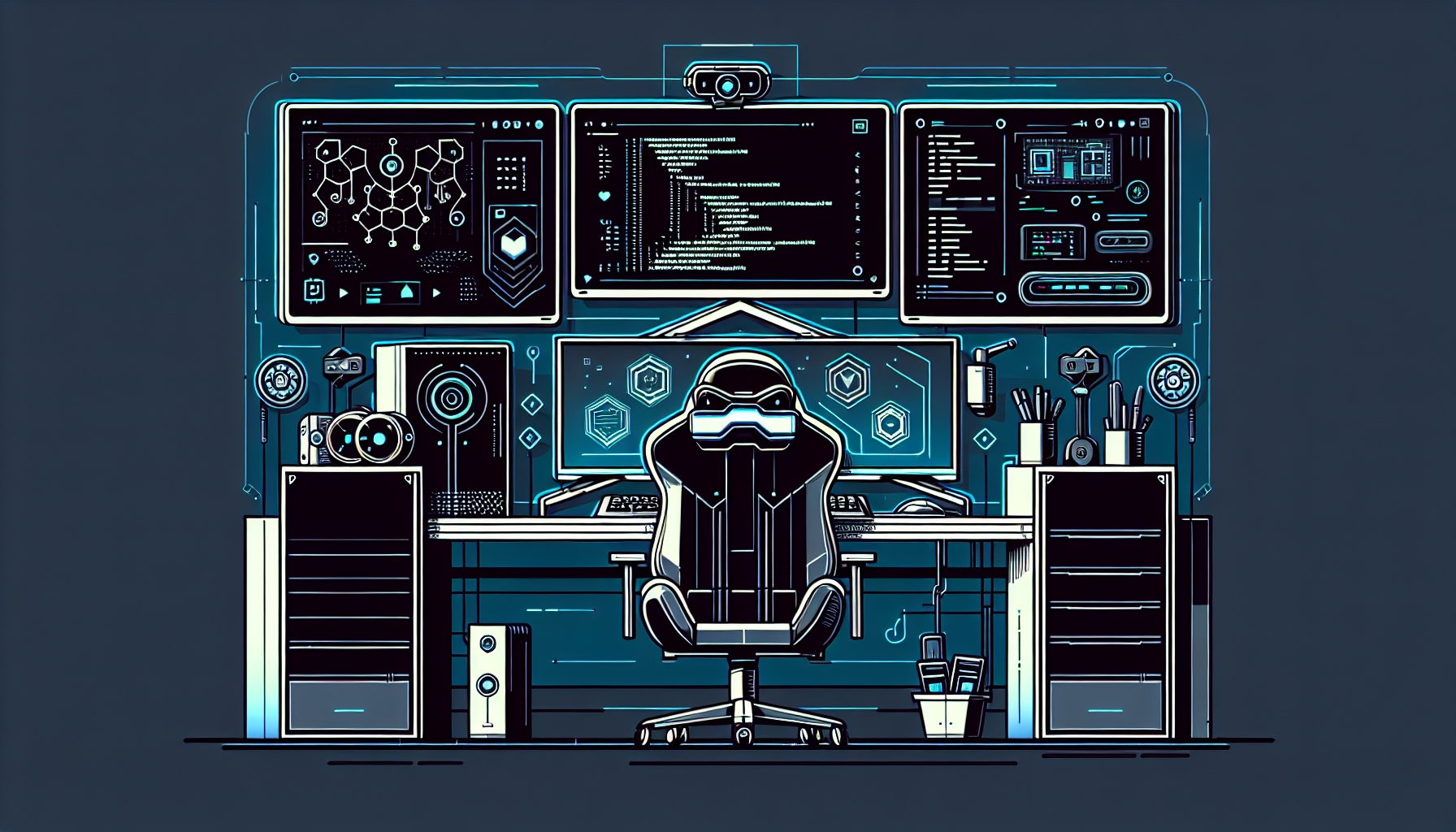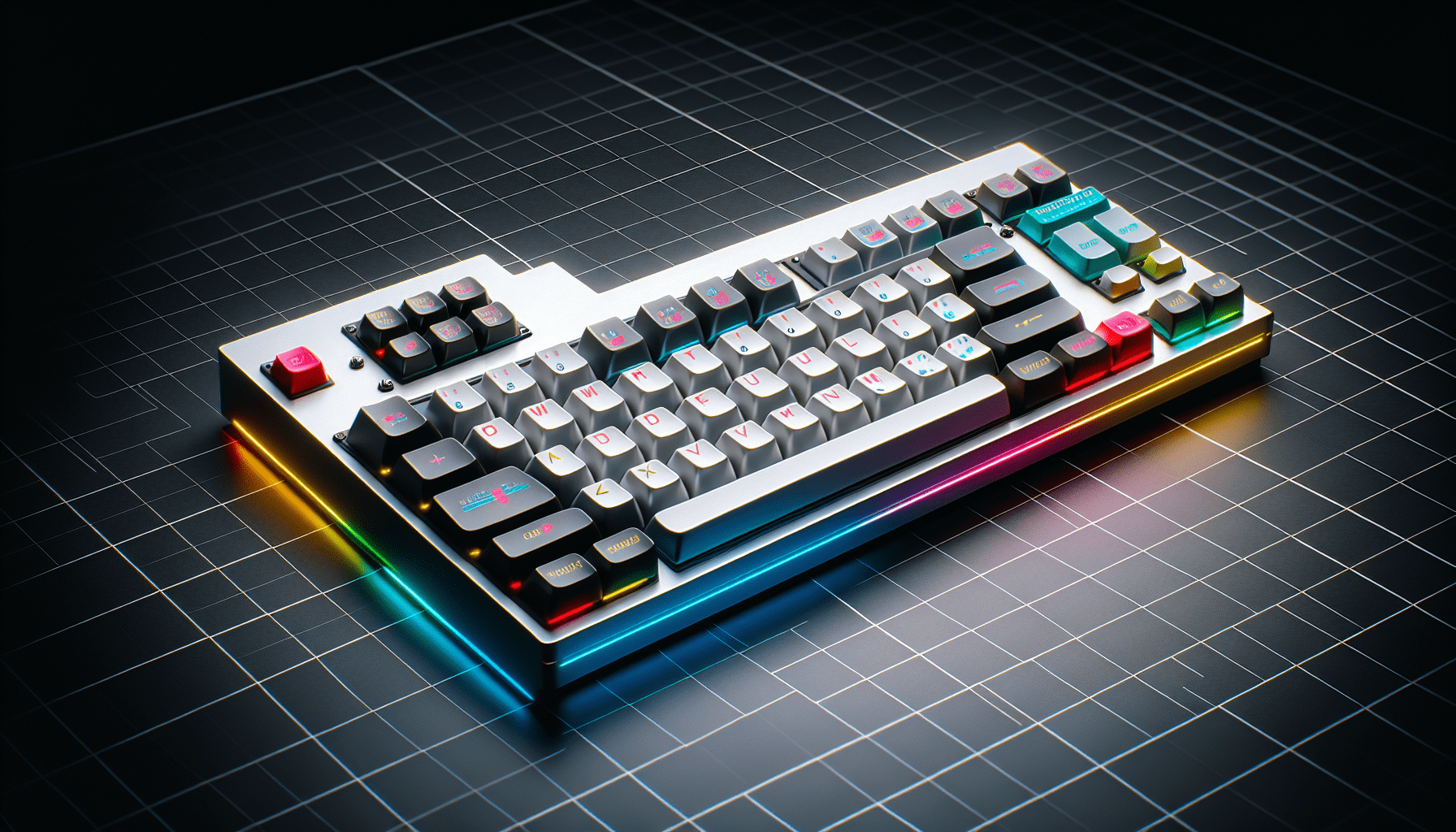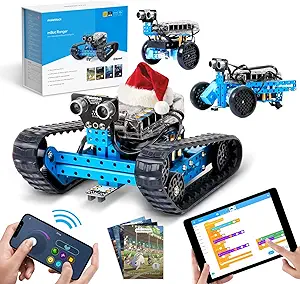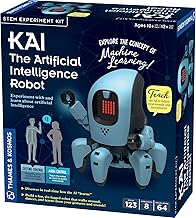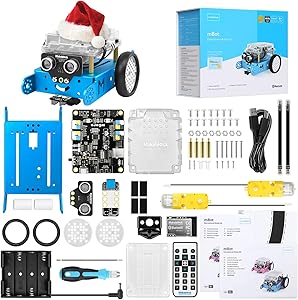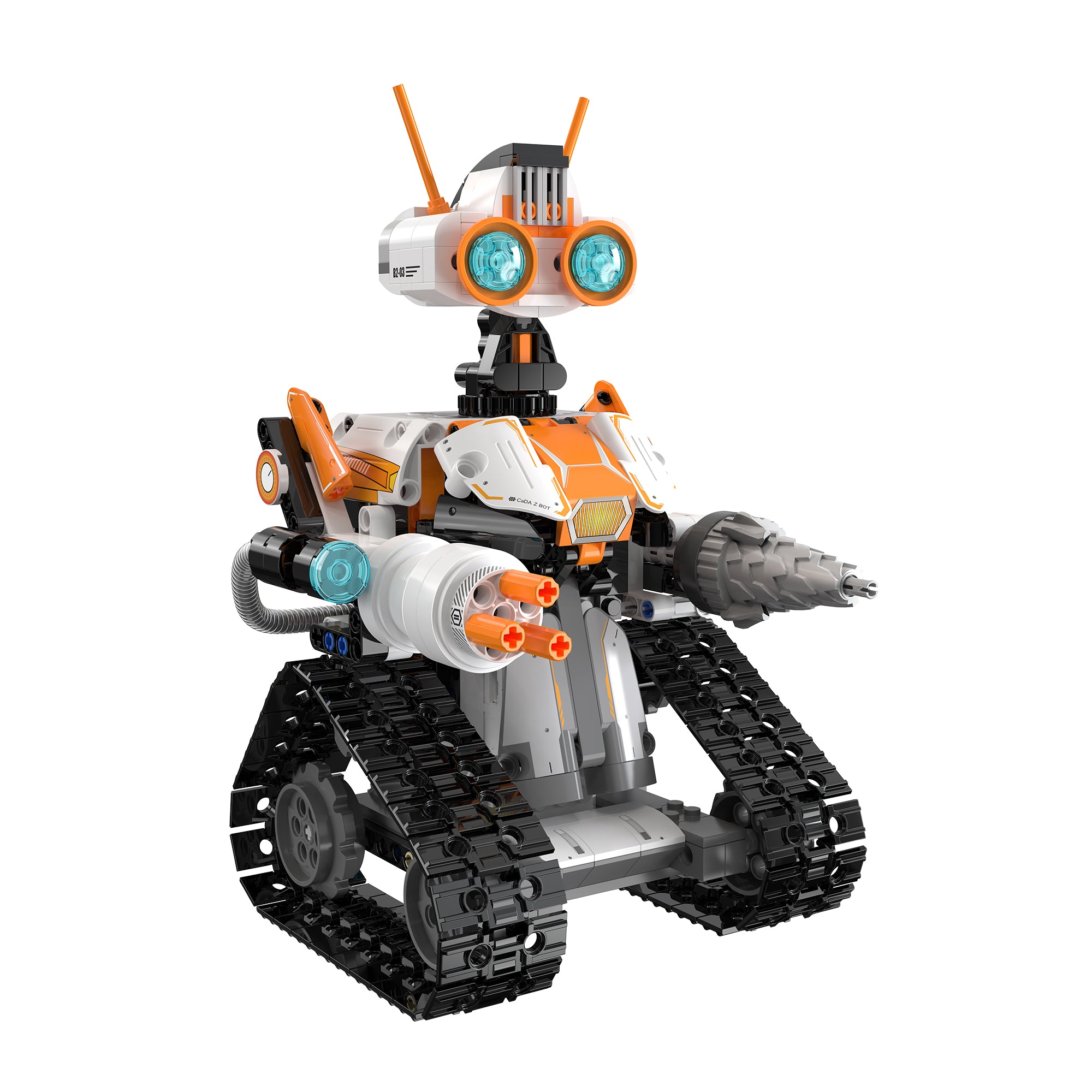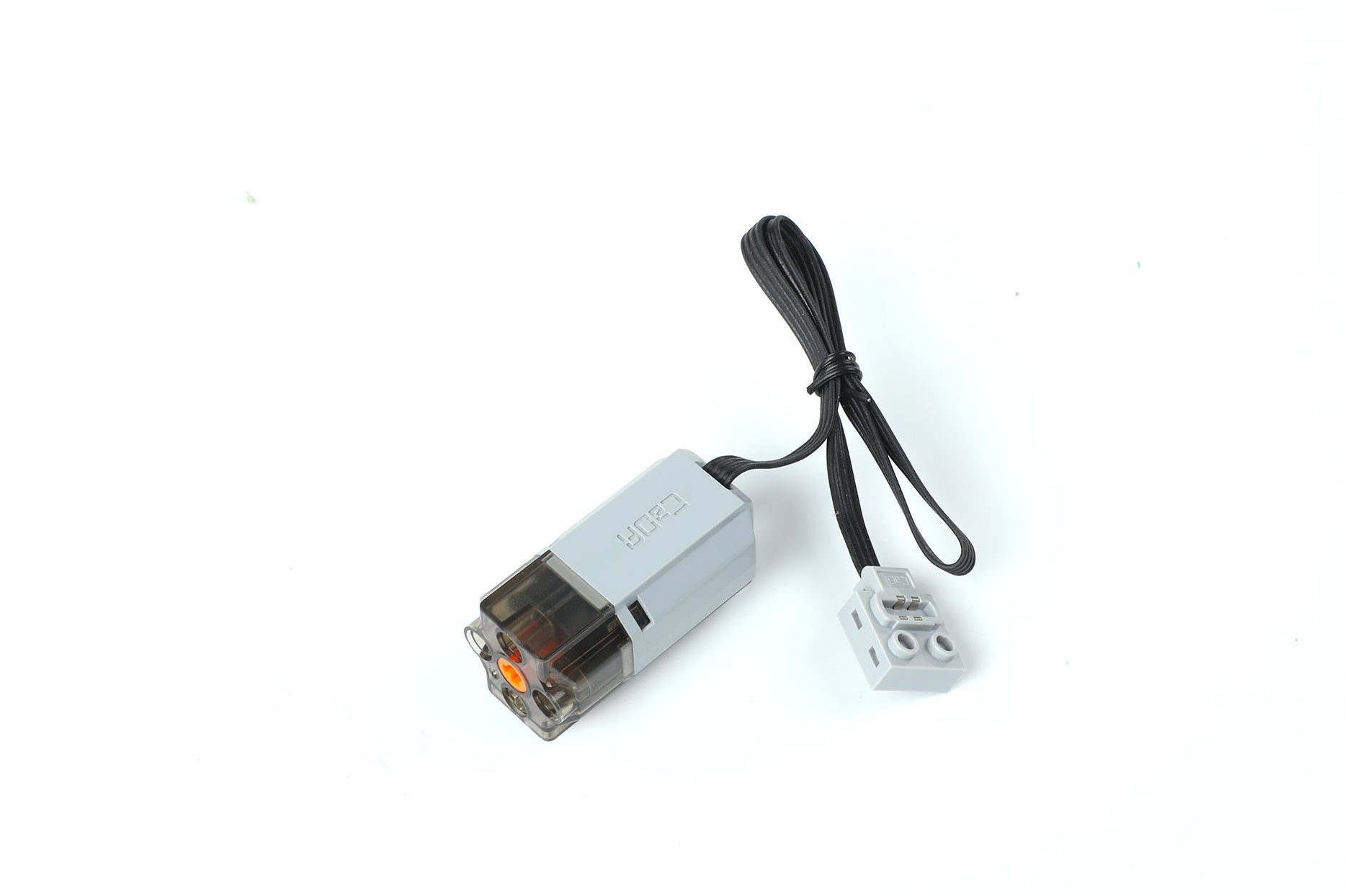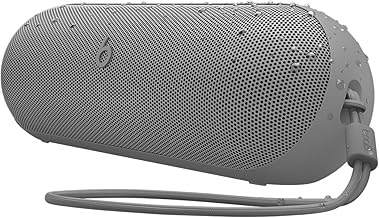Exploring the Fascinating World of Soft Robotics
Soft robotics is a groundbreaking field that merges the flexibility of biological organisms with the precision and control of traditional robotics. Unlike their rigid counterparts, soft robots are designed to be adaptable and safe, making them well-suited for various applications across multiple industries. As we continue to innovate and explore the real-world impact of soft robotics, it’s crucial to understand not only its current state but also its potential for the future.
Defining Soft Robotics
At its core, soft robotics refers to a subclass of robotics that utilizes materials that can deform and change shape, mimicking the characteristics of living organisms. This versatility allows soft robots to navigate complex environments more efficiently without the risk of causing damage—a key advantage over traditional rigid robots. Soft robotics encompasses a range of materials, including elastomers and even biomimetic designs that replicate animal movements.
One significant difference between soft and traditional robotics lies in their construction. Traditional robots typically consist of rigid parts and joints, leading to constrained movement and a higher likelihood of injuries in interactions with humans or fragile objects. In contrast, soft robots can gently adapt to their surroundings, which makes them ideally suited for tasks that require delicate handling and adaptability.
Current Applications of Soft Robotics
Medical Innovations
In the medical field, soft robotics is making waves with surgical tools and rehabilitation devices. For instance, soft robotic grippers allow for more delicate operations, adapting seamlessly to the intricacies of human anatomy. As a testament to its potential, one expert noted, “There are many applications for surgery now if you narrow down to a specific area of soft robots.” These tools enhance precision and reduce recovery times, transforming the way surgeries are performed.
Industrial Use Cases
Soft robotics is also revolutionizing industries, particularly in food packaging and processing. With the implementation of soft end-of-arm tooling (EoAT), companies can improve the efficiency and safety of handling various food products. These EoATs have several advantages, including being IP69 and IP69K, which means they can withstand high-pressure washdowns that are necessary in the food industry. The flexibility of soft grippers enables them to handle items of different shapes and sizes without damaging the products.
Exploration Beyond Earth
The potential applications of soft robotics stretch beyond our planet. In space exploration, soft robots could play a crucial role in conducting experiments and exploring fragile environments, such as the surface of the moon or Mars. The adaptability of these robots would allow them to traverse uneven terrain, aiding in the collection of data and conducting scientific research in low-gravity conditions.
Challenging the Skepticism
Despite the promising applications, skepticism about soft robotics persists. As noted in one discussion, “My husband did his PhD in soft robotics…there are next to no practical uses in the real world.” This perspective is not uncommon. However, many professionals in the field counter this notion by highlighting successful implementations across different industries. Rather than seeing soft robotics as merely experimental, it’s beneficial to focus on tangible successes that have already made an impact.
Experts like Barry Trimmer and George Whitesides advocate for the field’s progress, detailing their experiences with successful projects. The confidence expressed by these professionals showcases the ongoing advancements and real-world applications that counteract skepticism.
Examining Future Innovations
The landscape of soft robotics is continually evolving, and several innovative technologies are on the horizon that could further enhance the field. New fabrication methods, such as 3D printing with advanced materials, promise to make soft robots more accessible and versatile. This increase in affordability could lead to widespread adoption in various sectors, bringing ambitious applications to life.
Companies like Soft Robotics Inc. are navigating this shifting landscape, pivoting toward new markets to optimize their technology. As these companies adapt, we see a shift in how soft robotics is perceived and utilized, reflecting the dynamic nature of innovation.
Looking Ahead
In conclusion, soft robotics presents an exciting frontier in technology, opening doors to applications across medical, industrial, and even extraterrestrial environments. By addressing skepticism with concrete examples of success and emphasizing ongoing innovations in the field, we can appreciate the significance of soft robotics in shaping our future. Whether you’re a seasoned engineer or just a curious enthusiast, there’s so much to explore in this evolving sector that promises to change how we interact with machines.
For those looking to dive deeper into soft robotics, consider checking out this Reddit discussion or this video showcasing a soft robotic gripper. Engaging with the community and keeping an eye on emerging technologies will undoubtedly spark inspiration and innovation in this enthralling field.

